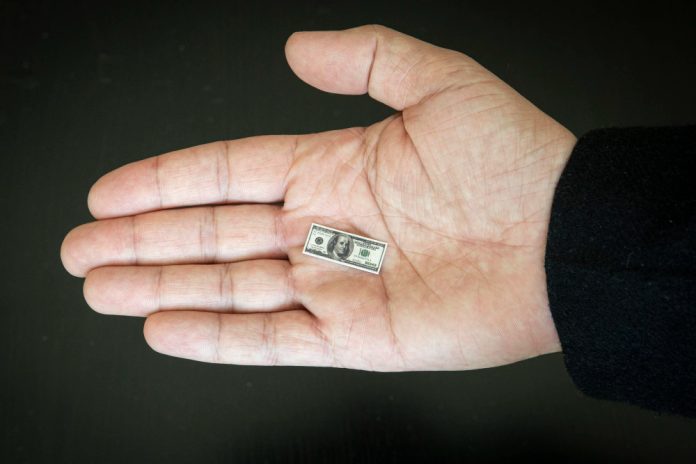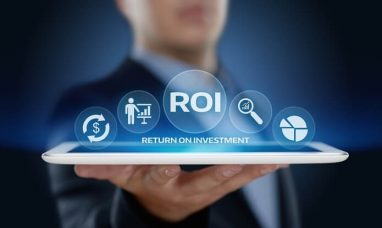Inflation has shown signs of slowing down, placing Federal Reserve Chair Jerome Powell in a more favorable position than anticipated as the central bank approaches its upcoming meeting. The economy is still experiencing robust growth, consumer spending remains strong, and the unemployment rate is at historic lows. This positive outlook contrasts sharply with predictions from a year ago, when the Federal Reserve aggressively raised interest rates to combat high inflation, leading to concerns of a looming recession.
The current economic landscape, which has defied earlier projections, has left some Federal Reserve officials grappling with uncertainty. The COVID-19 pandemic disrupted their traditional frameworks for assessing economic conditions, making it challenging to determine the sustainability of the current favorable conditions.
Nathan Sheets, Chief Global Economist at Citi and a former Fed economist, expressed skepticism about the seemingly too-good-to-be-true scenario. Some Fed officials share similar concerns, questioning the durability of the positive trends. During their last meeting in December, 19 policymakers anticipated three rate cuts in the coming year to lower borrowing costs for consumers and businesses, but the timing of these cuts remains uncertain.
Most economists anticipate the first rate cut in May or June, with the possibility of a cut as early as March. The timing of rate cuts will be a key focus at the upcoming two-day Federal Reserve meeting ending Wednesday. It is highly likely that the Fed will maintain its key rate at approximately 5.4%, its highest point in 22 years.
The consideration of rate cuts takes place amidst an intensifying presidential campaign, with the economy being a polarizing issue. Former President Donald Trump, who criticized Powell for raising rates during his presidency, could view any rate cuts in 2024 as aiding President Joe Biden’s reelection prospects.
Powell emphasized the Fed’s focus on the economy rather than politics, stating, “We don’t think about politics. We think about what’s the right thing to do for the economy.” The upcoming meeting might signal the Fed’s inclination towards rate cuts through adjustments in the issued statement.
The Fed’s previous aggressive approach of 11 rate hikes aimed to control inflation, which peaked in June 2022 at 7.1%. However, recent data reveals a decline in inflation to the Fed’s 2% annual target. Despite this, Fed officials may wait a few months to ensure the sustained defeat of inflation before implementing rate cuts.
Christopher Waller, an influential Fed board member, cautioned about the need for sustained inflation at the 2% goal. He referred to previous instances where initial reports suggested falling inflation, only for subsequent data revisions to reveal persistent price increases. Waller highlighted upcoming inflation data revisions on Feb. 9 as crucial to monitor.
While some indicators suggest a healthy economy, uncertainties remain. Average paychecks are increasing, and apartment rental prices continue to rise faster than pre-pandemic levels. The Fed aims to avoid premature rate cuts that could lead to entrenched inflation, similar to the mistakes of past Fed chairs.
Conversely, there’s a risk of maintaining rates too high for too long, potentially triggering a recession. The Fed faces a delicate balance, acknowledging the potential impact on consumer spending and economic slowdown if rates are not adjusted appropriately.
In summary, the Federal Reserve’s challenge lies in navigating a complex economic landscape, determining the right timing for rate cuts, and avoiding missteps that could harm the economy in either direction.
Featured Image: Freepik

















